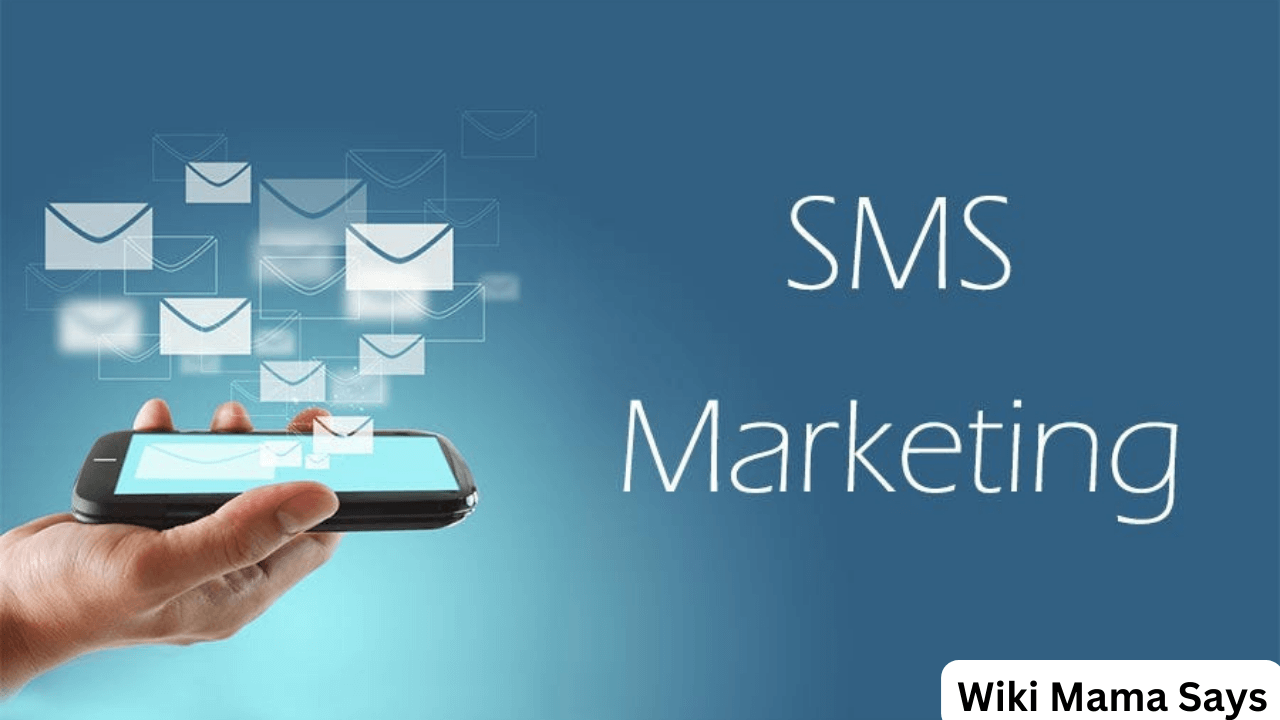In today’s digital age, SMS marketing has emerged as a powerful tool for businesses to connect with their audience instantly and effectively. With high open rates and immediate reach, marketing can drive significant engagement and sales. This guide will provide an in-depth look into SMS marketing, its benefits, strategies, and how to implement it successfully.
Introduction
SMS marketing involves sending promotional messages to customers via text messages. These messages can include offers, updates, reminders, and more. The key to successful marketing is delivering timely, relevant content that adds value to the recipient.
Benefits of SMS Marketing
- High Open Rates: Messages have an open rate of around 98%, significantly higher than email marketing.
- Immediate Reach: Messages are delivered instantly, making it ideal for time-sensitive promotions.
- Cost-Effective: SMS marketing is affordable, especially when compared to traditional advertising methods.
- Personalization: Messages can be tailored to individual customers, enhancing the user experience.
- High Engagement: SMS marketing often results in higher engagement rates due to its direct and personal nature.
How to Implement SMS Marketing
1. Build a Subscriber List
To start SMS marketing, you need a list of subscribers who have opted in to receive messages from you.
Strategies for Building a List
- Website Sign-Ups: Include a sign-up form on your website.
- In-Store Sign-Ups: Encourage customers to subscribe during checkout.
- Social Media: Promote your SMS list on social media platforms.
2. Choose the Right Platform
Selecting the right SMS marketing platform is crucial. Look for features like automation, segmentation, and analytics. Some popular platforms include Twilio, EZ Texting, and SlickText.
3. Craft Engaging Messages
Your messages should be concise, clear, and compelling.
Tips for Effective Messaging
- Personalize: Use the recipient’s name and tailor the content to their preferences.
- Include a Call to Action (CTA): Encourage recipients to take a specific action, such as visiting your website or using a discount code.
- Keep It Short: SMS messages have a 160-character limit, so make every word count.
4. Timing is Everything
Send your messages at optimal times to maximize engagement. Avoid early mornings and late nights. Mid-morning and early afternoon are generally the best times to send promotional messages.
5. Monitor and Optimize
Use analytics to track the performance of your SMS campaigns. Pay attention to metrics like open rates, click-through rates, and conversion rates. Adjust your strategies based on the data to improve results.
Integrating SMS Marketing with Other Strategies
SMS Marketing and Email Marketing
Combining SMS and email marketing can enhance your overall marketing strategy. Use SMS for time-sensitive offers and email for detailed content. This integrated approach ensures a broader reach and consistent messaging.
For a more comprehensive marketing strategy, explore integrated marketing.
SMS Marketing and Affiliate Marketing
SMS marketing can complement your affiliate marketing efforts. Use SMS to promote affiliate products and drive traffic to your website. To learn more about affiliate marketing, check out this guide on how to start affiliate marketing.
SMS Marketing and Outdoor Digital Billboard Advertising
Combining SMS marketing with outdoor digital billboards can amplify your reach. Use billboards to promote your SMS list and encourage sign-ups. Discover more about this strategy here.
Best Practices for SMS Marketing
Obtain Consent
Always ensure you have the recipient’s permission before sending SMS messages. This is not only ethical but also legally required in many regions.
Provide Value
Make sure your messages offer value to the recipient. This could be in the form of exclusive offers, useful information, or timely updates.
Frequency Matters
Avoid sending too many messages, as this can lead to customer fatigue and increased unsubscribe rates. Find a balance that keeps your audience engaged without overwhelming them.
Personalization
Personalized messages are more likely to be read and acted upon. Use customer data to tailor your messages to individual preferences and behaviors.
Compliance
Adhere to all legal requirements for SMS marketing in your region. This includes providing an opt-out option and honoring unsubscribe requests promptly.
Conclusion
SMS marketing is a powerful tool that, when used correctly, can drive significant engagement and conversions. By building a subscriber list, crafting engaging messages, and integrating SMS with other marketing strategies, you can maximize the effectiveness of your campaigns. Remember to follow best practices and continually optimize your approach based on performance data. With the right strategy, SMS marketing can become a cornerstone of your digital efforts, helping you connect with your audience in a direct and meaningful way.





